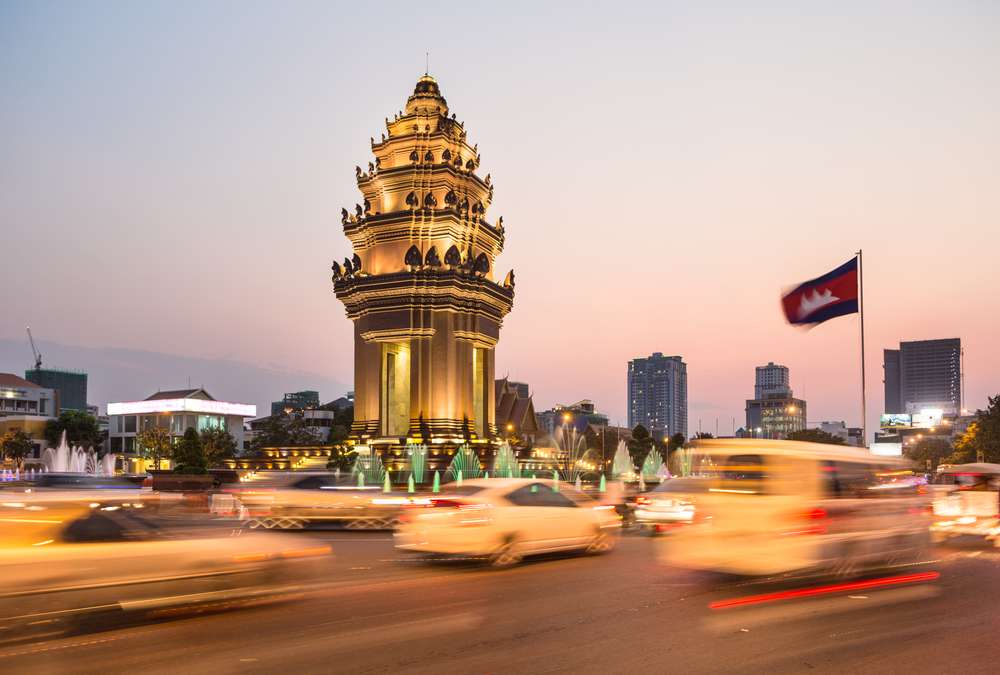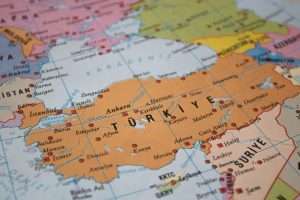Sustainable Tourism in Cambodia: Balancing Profit and Preservation

Cambodia
In the Kingdom of Wonder, where ancient temples stand testament to a rich cultural legacy and lush landscapes beckon with natural beauty, the allure of tourism is undeniable. Yet, as Cambodia’s tourism industry continues to flourish, the imperative of sustainability becomes increasingly apparent. Balancing the pursuit of profit with the preservation of precious heritage and pristine environments is the challenge at hand. In this article, we delve into the complexities of sustainable tourism in Cambodia, exploring the efforts to harmonize economic growth with environmental and cultural preservation.
Preserving Heritage Sites
Central to Cambodia’s tourism industry are its UNESCO World Heritage sites, including the majestic Angkor Wat complex, Preah Vihear Temple, and the historic town of Battambang. These ancient treasures draw millions of visitors each year, generating significant revenue for the country. However, the influx of tourists also poses threats to the preservation of these fragile sites. Sustainable tourism initiatives focus on mitigating the impacts of mass tourism through measures such as visitor quotas, site management plans, and educational programs that promote responsible behavior among visitors.
CAMBODIA VISA FOR CHILEAN CITIZENS
Community-Based Tourism
Community-based tourism (CBT) initiatives empower local communities to participate in and benefit from tourism activities while preserving their cultural heritage and natural resources. In Cambodia, CBT projects range from homestays in rural villages to guided tours led by community members, offering authentic cultural experiences to travelers while generating income for residents. By involving communities in tourism decision-making and revenue-sharing mechanisms, CBT fosters a sense of ownership and stewardship over Cambodia’s cultural and natural assets.
Ecotourism and Nature Conservation
Cambodia’s diverse ecosystems, including rainforests, mangrove forests, and marine sanctuaries, are invaluable assets for ecotourism initiatives that promote conservation and sustainable development. Protected areas such as Virachey National Park and the Cardamom Mountains are havens for biodiversity, offering opportunities for wildlife viewing, hiking, and eco-adventures. Ecotourism operators adhere to principles of low-impact tourism, minimizing their footprint on the environment while contributing to conservation efforts and supporting local communities.
Responsible Wildlife Tourism
Cambodia’s rich biodiversity is a draw for wildlife enthusiasts, but the exploitation of wildlife for tourism poses ethical concerns and threatens endangered species. Responsible wildlife tourism initiatives promote ethical encounters with wildlife, such as birdwatching tours, elephant sanctuaries, and dolphin-watching excursions in the Mekong River. These initiatives prioritize animal welfare, habitat protection, and education about conservation issues, offering travelers the opportunity to engage with wildlife in a responsible and sustainable manner.
Cultural Preservation and Heritage Tourism
Cambodia’s vibrant cultural heritage is a source of pride and identity for its people, and heritage tourism plays a vital role in preserving and promoting this cultural legacy. Initiatives such as traditional arts and crafts workshops, cultural performances, and heritage tours provide opportunities for travelers to engage with Cambodia’s rich history and traditions while supporting local artisans and cultural preservation efforts. By valuing and safeguarding cultural heritage, Cambodia ensures that future generations can continue to celebrate and share their heritage with the world.
Capacity Building and Education
Sustainable tourism in Cambodia relies on capacity building and education initiatives that empower stakeholders to adopt responsible practices and make informed decisions. Training programs for tourism operators, guides, and local communities provide knowledge and skills in areas such as environmental management, cultural sensitivity, and sustainable business practices. Educational campaigns raise awareness among tourists about the importance of responsible tourism behavior and encourage them to support sustainable initiatives during their travels.
CAMBODIA VISA FOR CROATIAN CITIZENS
Policy Support and Stakeholder Engagement
Effective sustainable tourism strategies require collaboration and coordination among government agencies, private sector stakeholders, civil society organizations, and local communities. Cambodia’s National Tourism Development Strategic Plan prioritizes sustainability as a key pillar of tourism development, guiding policy initiatives and investment decisions. Stakeholder engagement platforms facilitate dialogue and cooperation, ensuring that the interests of all stakeholders are considered in the planning and implementation of sustainable tourism initiatives.
Conclusion
In the pursuit of sustainable tourism in Cambodia, the delicate balance between profit and preservation must be carefully navigated. By prioritizing conservation, community empowerment, and cultural preservation, Cambodia can harness the transformative power of tourism to create lasting benefits for its people and the planet. As travelers increasingly seek meaningful and responsible travel experiences, Cambodia’s commitment to sustainability will ensure that its treasures continue to inspire and enchant future generations.





